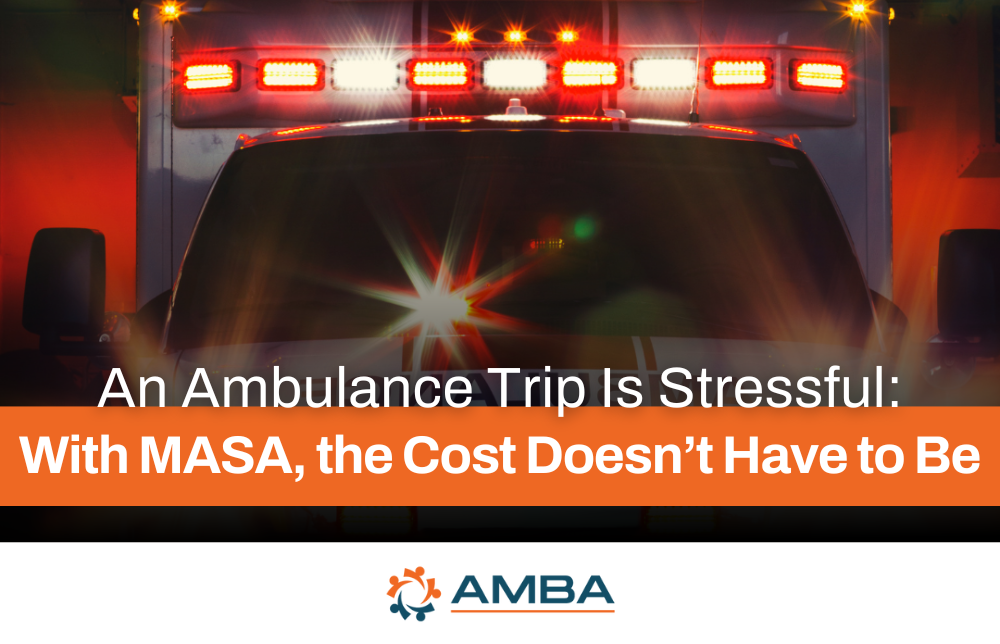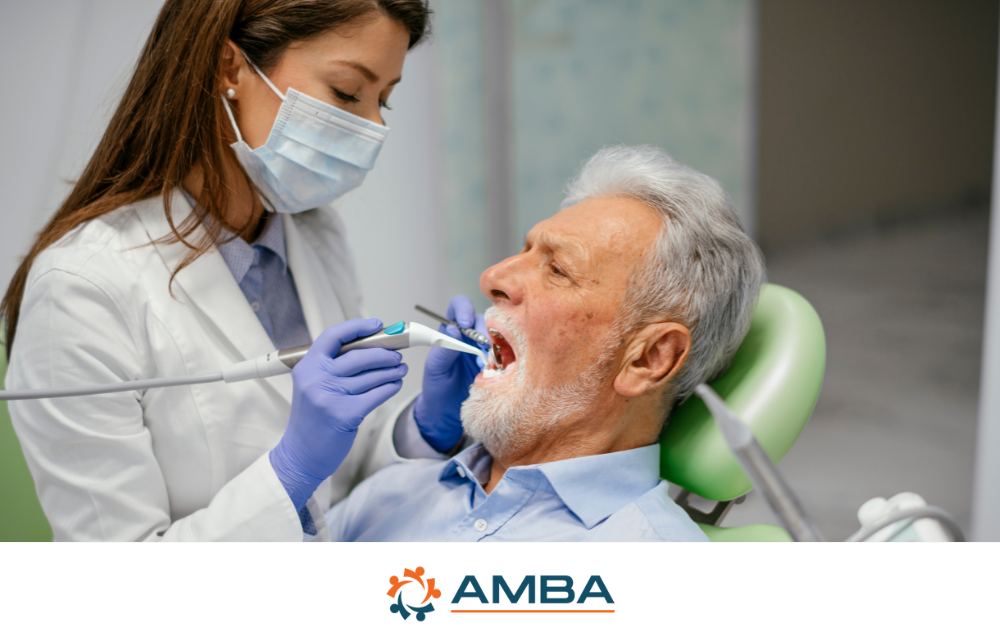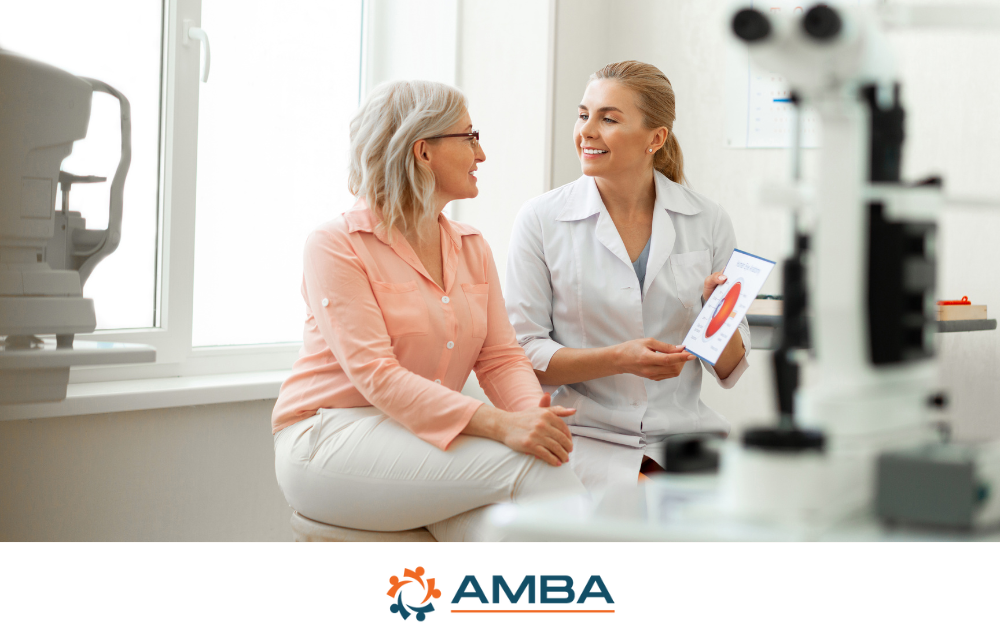An Ambulance Trip Is Stressful: With MASA, the Cost Doesn’t Have to Be

People who require an emergency ambulance trip frequently ask the same question upon receiving the bill: “Why was the cost of the ambulance so high?” It might seem that a short ride to the hospital should cost about as much as an Uber ride. However, ambulance rides and Uber rides are two very different services.
Labor, Training, Readiness, and Equipment
Emergency medical teams require hands-on experience to handle emergencies effectively. In addition to the expense of training Emergency Medical Services personnel, at least two people are often necessary for each patient in an ambulance.
Ambulance users pay for the assistance they receive as well as for the readiness of the ambulances. Additionally, all equipment and staff must comply with local and state regulatory requirements, and the costs of maintaining them can accumulate. Treatment equipment in the vehicle used to stabilize a trauma patient before reaching the destination may include emergency ventilators, stretchers, cardiac monitors, infusion pumps, nebulizer machines, oxygen, and more.
Even if a patient does not receive additional care during the ambulance ride, the service does not itemize medications or other treatments that may occur during the transport. Patients are charged for either basic life support or advanced life support.
In fact, the least expensive aspect of an ambulance trip is the trip itself; the mileage fee typically makes up the smallest portion of the final bill.
Regardless of the cost, it is crucial to prioritize getting trauma patients to the hospital as quickly and safely as possible during an emergency. An Uber ride cannot match the care provided by an experienced EMS team equipped with vital resources.
Protect Yourself from a Costly Ambulance Trip
You can safeguard yourself from the expenses of emergency medical transportation. Medical Air Services Association (MASA) can protect you from catastrophic financial loss when emergencies occur at home or while traveling by covering your ambulance or airlift, regardless of age or medical condition. Services can be covered in full, without deductibles, co-pays, or dollar limits. MASA offers coverage 24 hours a day, 365 days a year.
MASA’s benefits extend beyond emergency transportation. Your MASA membership also includes Escort Transportation (allowing a loved one to accompany you to the hospital), Visitor Transportation (enabling a loved one to visit if you are away from home for over a week), Organ Retrieval/Recipient Transportation, Repatriation, Children and Pet Return, and more.
Your care is paramount in an emergency. Getting a MASA policy today can give you peace of mind from cost concerns. RGEA and AMBA make enrolling in MASA simple. You can even sign up online. Learn more at www.AMBAmedtransport.com/NCRGEA or call 800-956-1228.















